Secret Studio: The Maid’s Room is NYC’s Analog Recording Magnet
LOWER EAST SIDE, MANHATTAN: Imagine being fully in touch with all of your senses. Would that be a blessing…or a curse?
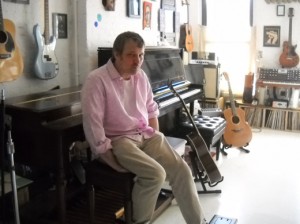
Jack McKeever, founder of the Maid’s Room, is in touch with his surroundings. (all photos in article by David Weiss)
That’s the delicious predicament borne by Jack McKeever, founder of the fascinating LES facility known as The Maid’s Room. As you talk with this quietly devoted creator of sounds and studios, you realize all sensory information is heightened on arrival in his brain.
A hard-to-get English tea is “lush” on his tongue. A picture on the wall captivates his imagination not just for a moment, but for life.
And songs? Imagine what they do to him. “I think it’s all just energy – finding beauty and waves of energy,” McKeever says of his talent for absorbing the fruits of the universe. “Ultimately, great records are like little battery packs, where people charge their batteries full of energy.
“That’s the wonder of music. But I think everything contributes to that — be it the way a wall looks, or the way food smells, you’re trying to get to great energy. It’s a worthwhile challenge, and I think everything is towards that aim.”
An Unexpected Approach to Audio
The Maid’s Room resides along with McKeever in an otherwise typical apartment, within a somewhat typical walkup LES tenement on an always-active block south of Houston. But calling the Maid’s Room a home studio is akin to labeling the space shuttle a flying machine – this is a world-class, commercially available facility constructed with the highest possible degree of care and below-the-surface complexity.
Get buzzed in, walk up a few flights, enter the Maid’s Room, and a subtly transporting experience begins to take hold. An early clue to the otherwordly specs of this 1,000 sq. ft. space come immediately after you enter the front door – look to your left, and you’ll see something extra built into the foyer.
Built into the wall around the intercom are three panels of connectors, enabling the first of many surprising creative spaces to be found. “This area of panels is called ‘On the Way Out,’” McKeever explains. “There are XLR males from which to source remote-powered monitors. Standard XLR females for standard mics are also present. There are six-pin XLR’s which integrate with the tube mic patch bay, and ¼-inch TRS connectors which connect one of the two headphone systems. These connectors are mounted on walnut panels here, and on mahogany panels throughout most of the studio.”
Keep exploring, and the deeper you go, the more expertly inlaid audio infrastructure you start to see and sense. Enter the kitchen and hang a right, and you’ll find yourself in a small bedroom where another full set of input panels accompany the comfy futon on the floor – only this time there’s an 8-channel Furman HRM-16 personal monitor system alongside, with additional connectors to accommodate an even wider range of instruments.
Although the futon in that room folds out frequently into a bed for McKeever – who
lives there part-time since 2008, and is otherwise in London, where he has a five-year-old daughter, Nancy – the closet doesn’t hold the clothes and bric-a-brac you might expect. Instead, a magnificent EMT plate reverb makes its home inside (more on that a little later).
Now head into the sun-filled living room, and just try to take in every audio accommodation in this artistic space. It isn’t easy, because in order to sonically capture what’s there — the 2004 Steinway K piano, 1946 Hammond BV organ, array of vintage synths and drum machines, acoustic/electric guitars and basses, and more – McKeever has gone to incredible lengths to insure that everything is recorded with maximum efficiency and analog fidelity, but with minimal technological intrusion into the artist’s headspace.
To wit, multiple boom mic stands are built into the ceiling-within-a-ceiling. Additional mic connections lurk in hidden panels under the floor. Of course, more of those wall-in-wall connections are on hand. And a masterfully comprehensive tube mic power supply cabinet (think of it as a patch bay for all the studio’s tube mics which require external power) is there, all in the name of insuring shortest possible runs and on-the-fly readiness — in a way that keeps the Maid’s Room in a perpetually inspiring state.
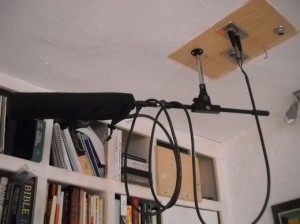
Ceiling-mounted mics, like this one in the main live room, keep the floor clear for improved creative free-flow.
“There’s an enormous amount of functionality built into the studio,” explains McKeever, who first moved into the space in 1987. “There are many more tie lines and electrical outlets available to each location than necessary, so that if you’re in the rush of doing something, and for some reason something doesn’t function, there are three other ways to do it.
“I’ve found that’s what happens when you’re actually recording: You have to do things pretty quickly, and you don’t want to think about it. So I put a great deal of thought into what would make it functionally easy and as aesthetically pleasing as possible, given the limitations of the space.”
Drums, Neighbors and Rufus Wainwright
As the Maid’s Room – which is named for the servant’s living quarters that McKeever first occupied while living in Paris — has evolved over the years, word of mouth has fed the studio a steadily growing customer base that spans the rock, jazz, pop, and experimental spectrum. Clients attracted to the space have included Rufus Wainwright (much of Want One and Want Two were recorded here), Joan Wasser aka Joan As Policewoman, jazz icon Anita O’Day, Katell Keineg, Jim White and trombonist extraordinaire Clark Gayton, to name just a few.
To that end, supporting great drum sounds is de rigeur, a trick which the Maid’s Room pulls off with aplomb. Leave the main live space, hang a left, then take a quick right, and you’ll find yourself in the drum booth – intimate to be sure, but with sufficient elbow room to comfortably seat the drummer behind a well-tuned white Ludwig kit.
Besides having just enough space for drums, Maid’s Room clients get all the time they want to lay them down, because fortunately for McKeever, his artistically-inclined landlord and fellow tenants are incredibly open to music being made at all hours in the building. McKeever voluntarily puts the kebash on full-out rock drums around 11:00 PM, but jazz players with a light touch can go all night.
“It’s a one-in-a-million circumstance,” he admits. “The neighbors are very cool. There’s a lot of respect. The building is very receptive to music – you can feel the energy everywhere in this place, which is probably why I started making it a studio the first night I moved in. It all contributes to a seamlessness between living and working that’s part of what this place is all about.”
Uncommon Control Room
The final frontier in this wonderful warren is the control room – and what a payoff it holds. Turn right instead of left when you exit the live space, and you’ll find yourself facing a masterpiece of an analog board: one of a very small number of Daking 32 x 8 x 2 consoles in New York City.
A gorgeous green expanse, the Daking 1112 All Discrete Class “A” console, with 24-channel “jukebox”, embodies McKeever’s dedication to the aural pleasures of analog audio. “The board is so much of that sound,” he states. “The board is a 32-channel custom Daking console that Geoff built 10 years ago. Everything sounds great through it. It has all the bottom end of a Neve, but it’s more hi-fi on top. It’s got the full spectrum.
“I love the sound, but it was also the blueprint of it that appealed to me. This console is 32x24x8 – there’s no Neve or API that would have that architecture, and fit into this space. It’s an incredibly ergonomically well-designed little console to have that footprint. That you can have 64 channels going in mixdown is terrific.”
Although he’s California-based, Geoff Daking himself made multiple visits to the Maid’s Room to make sure that McKeever got the most out of the board. “Geoff is very thorough, intense and helpful — he’s a really bright guy,” says McKeever. “But what’s great about Geoff is he’s always got answers. If you say, ‘I need ventilation,’ for example, he had advice for many corners of the studio, not just the board. He’s always willing to share his experience on various things, and he’s very intelligent in his approach.”
ProAc Studio 100 monitors are perched atop the Daking console for critical listening, while a solid assortment of outboard gear is at the ready opposite the board to aid in tracking and mixing. But while that aforementioned EMT plate reverb may be out of sight, it should never be too far from anybody’s mind — this is not your everyday ambient effect.
Daking constructed a full-sized EMT that would fit inside McKeever’s bedroom, in a closet-sized space purpose-built for the plate, which was configured vertically due to space limitations. Finally, Daking helped procure the obsolete drivers that would optimize its extremely musical sound.
McKeever has it ready to go and accessible as an aux send from any personal monitor in the studio, and with good reason – simply talking into a mic running through this particular reverb is a unique experience, with its powerful ability to teleport sounds into an engrossingly inspirational atmosphere.
“This reverb is just sort of perfect and dreamy – singers love it,” McKeever notes. “Especially if you have a context that’s exclusively digital, when you then sing into an all-analog chain, and you have a plate, it’s something that you can actually hear and feel in your headphones immediately. It creates the performance right there.”
Analog Environment
Whether its McKeever or the Maid’s Room chief engineer Jason Candler running the session, the studio’s myriad options for recording to tape is where the rubber meets the proverbial road. A Studer Gold Edition A827 24-track is available, with 24-track, 16- track and 2-inch 8-track headstacks. An Otari MTR-12 ½-inch machine is also at the ready.
Put together with Logic and Pro Tools HD2, McKeever has seen how the Maid’s Room’s tape options can accommodate analog aficionados, hardcore digital headz, and everyone in between.
“My favorite thing is working on two-inch eight-track,” he says. “100% analog, keeping it in there, never going digital, and mixing that to half-inch tape. But to people whose M.O. is digital, the analog stuff is an incredible front end to that. You can record to the 2-inch eight-track, dump to Pro Tools, and you have great sounds.
“The world’s almost exclusively digital, but I think all studios should actually be analog, because it’s the best way to create something that will last in that harsh world out there. Talented engineers will call me and say they’ve heard an iTunes single of artists that have recorded here, and is that the two-inch eight-track or is it the two-inch 16-track?
“In this paradigm where people will probably hear the song as an MP3, the question is, ‘How can you make the greatest-sounding MP3 possible?’ To me that means starting on tape and doing as much as you can on it. But other people love digital, so we’re set up for both.”
Tape Together
The proof is in the product, and after listening to songs recorded at the Maid’s Room, the impact of Jack McKeever’s gently tenacious mindset can easily be heard. Much of the music you hear from this studio seems simple, pure, complex and epic all at once – a result of the easy feeling of freedom that the space stimulates, and the natural precision with which it was captured.
All of this enabled in one of the most strikingly stealth music production spaces to be found in NYC, or anywhere else for that matter. That’s why for those inclined to seek out the Maid’s Room, this studio is home sweet home.
“The common thread among the people who work here is their love of good analog sounds, live music, and the particular environment I have tried to make here,” muses McKeever. “Almost everything we’ve worked on has involved tape, whether it stayed in that format or was then converted to digital. Regardless of how hard or easy it was to incorporate tape, this turns out to be the right place for people who want that sound and experience.”
— David Weiss
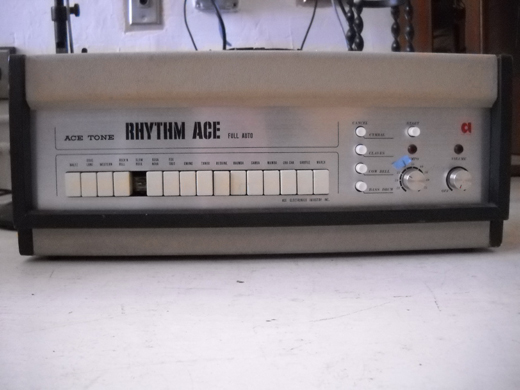
Ace Electronics founder Ikutoro Kakehashi, maker of the pioneering Rhythm Ace drum machine in the mid-60’s, would go on to found the Roland Corporation.
Visit themaidsroom.com, booking : themaidsroom@gmail.com
Please note: When you buy products through links on this page, we may earn an affiliate commission.







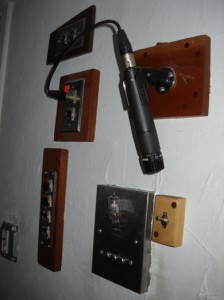
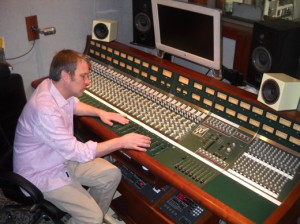
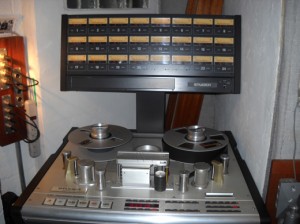
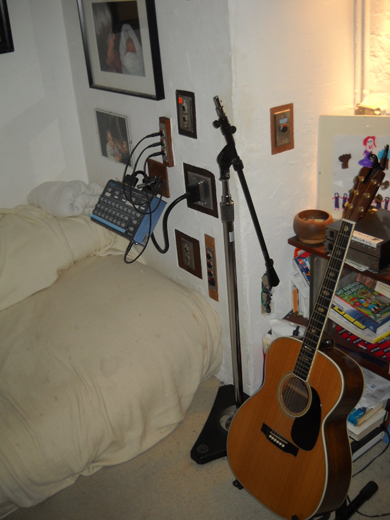

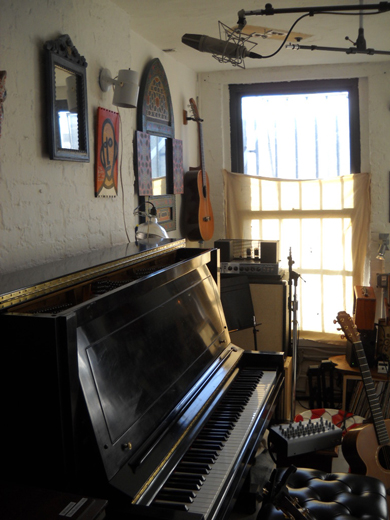
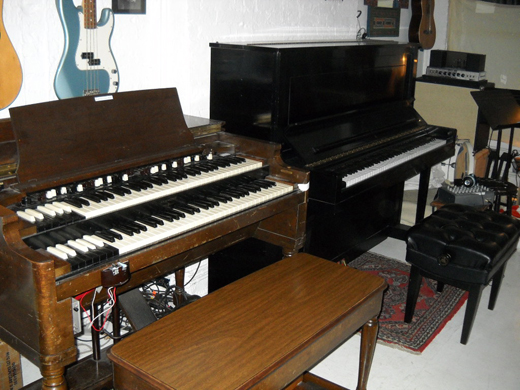
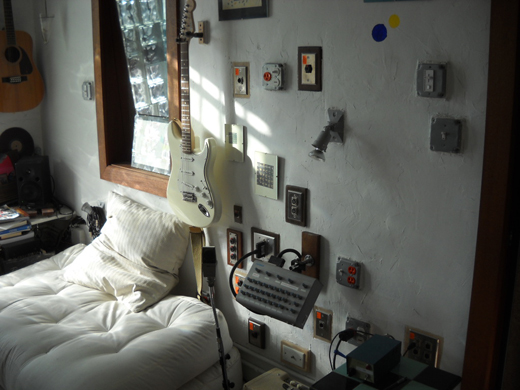
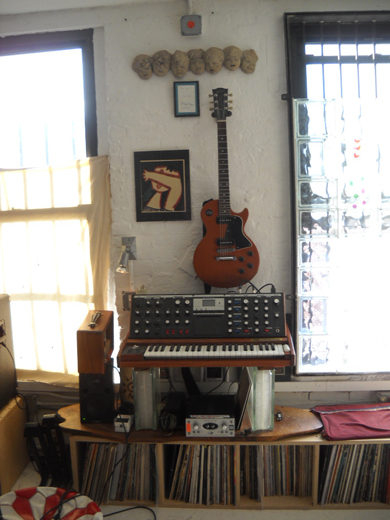
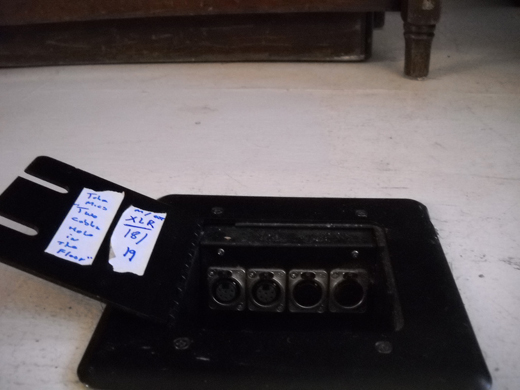
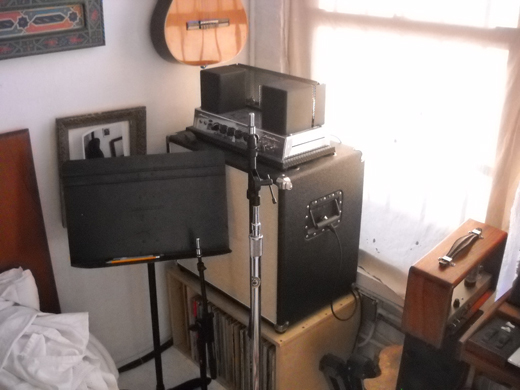

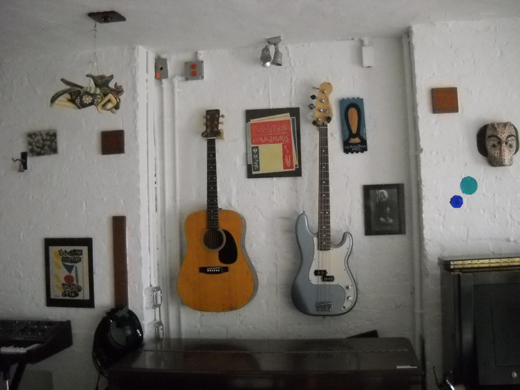
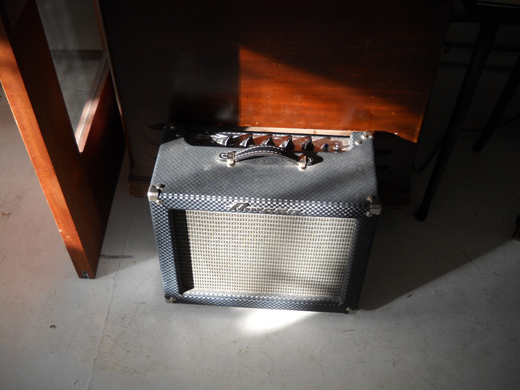
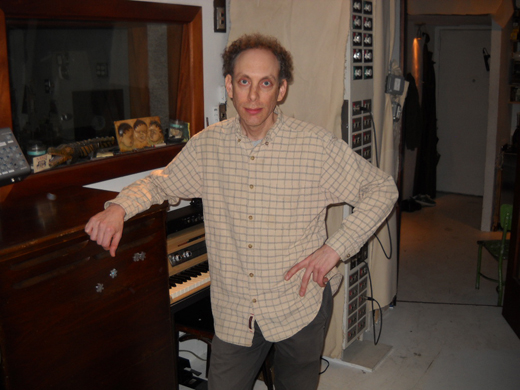
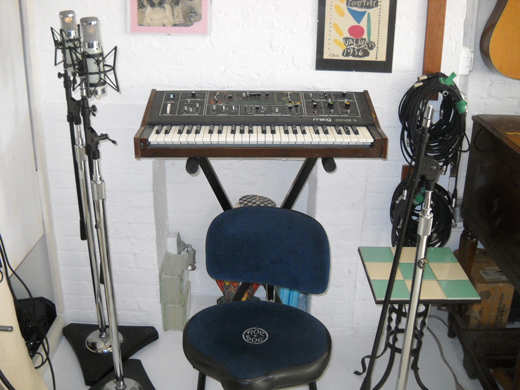
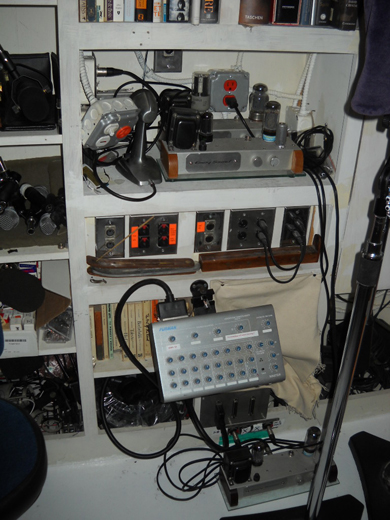
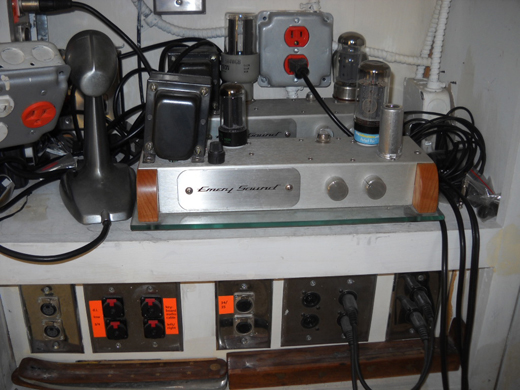
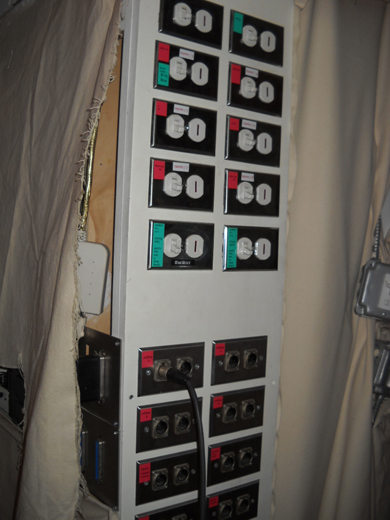
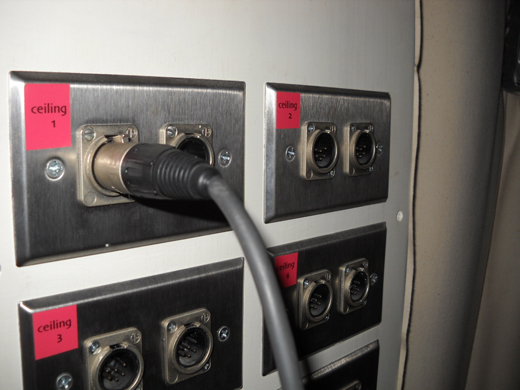
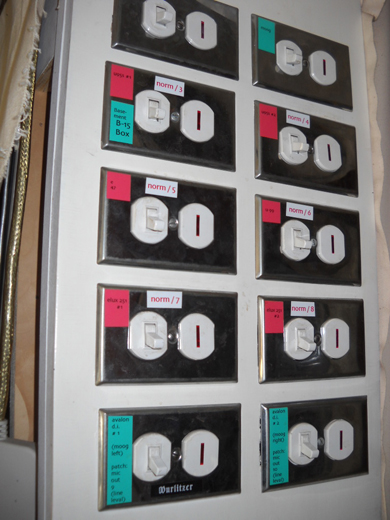
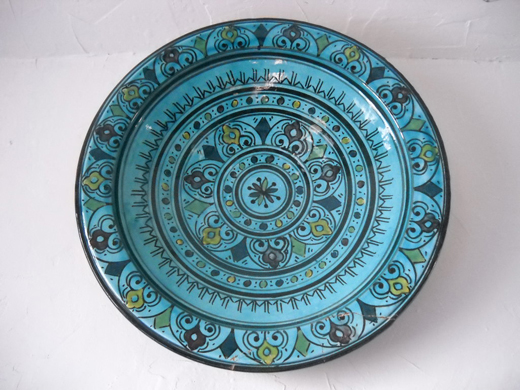
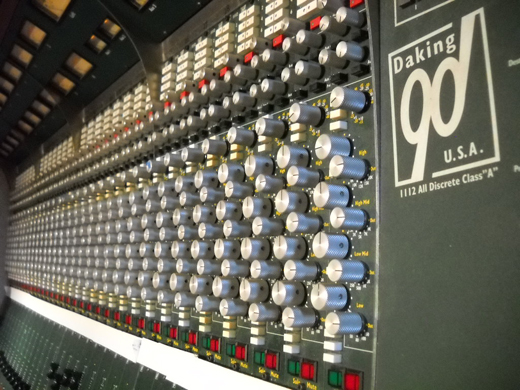
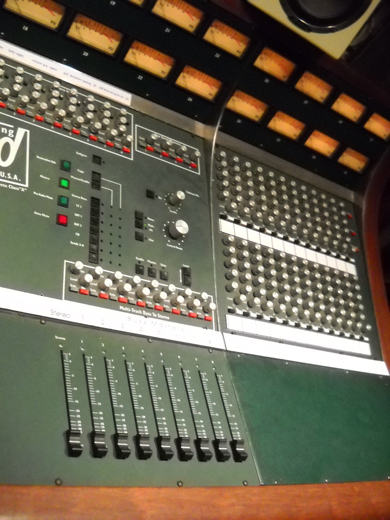
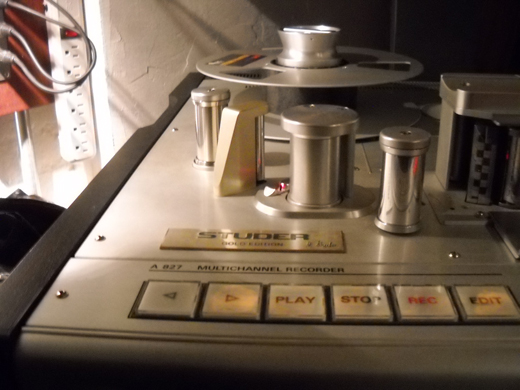
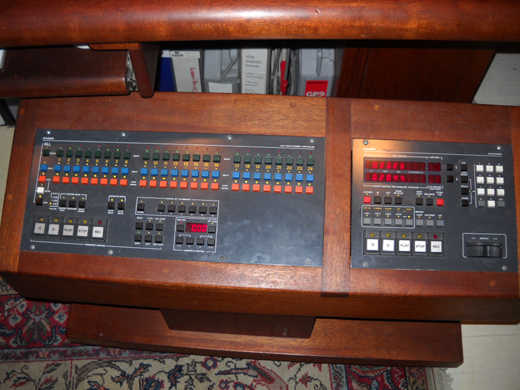
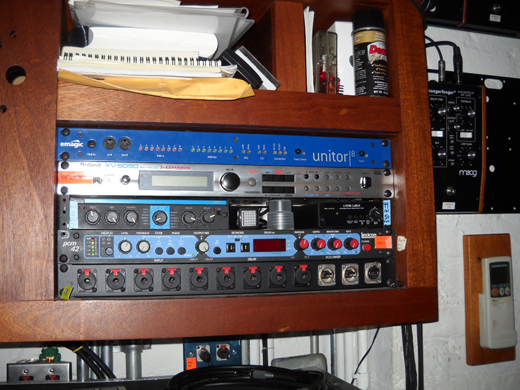

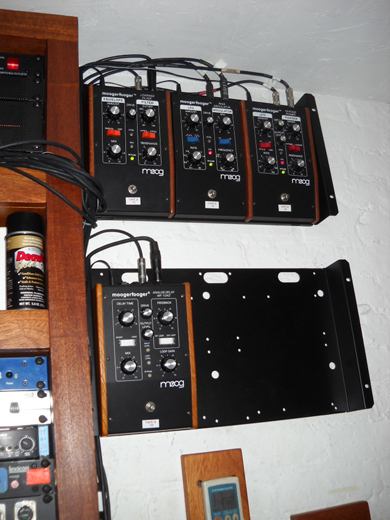
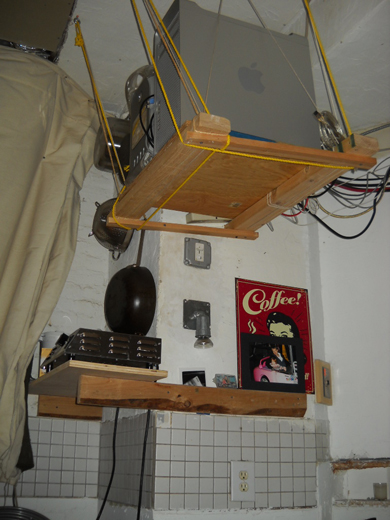
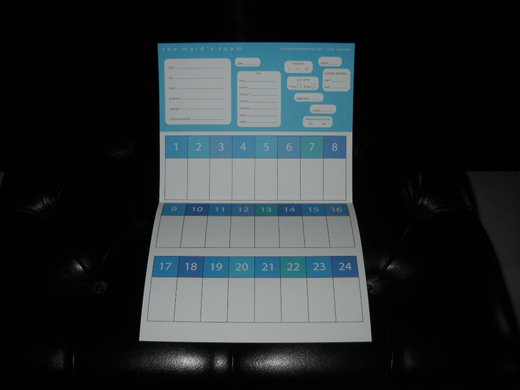
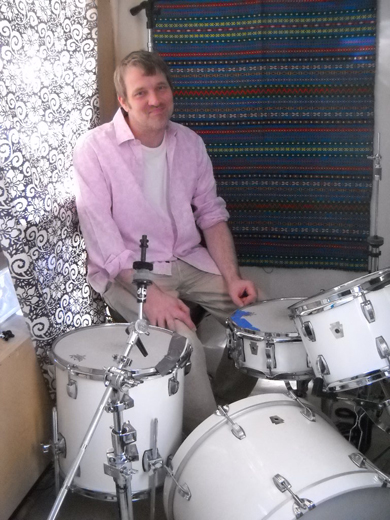
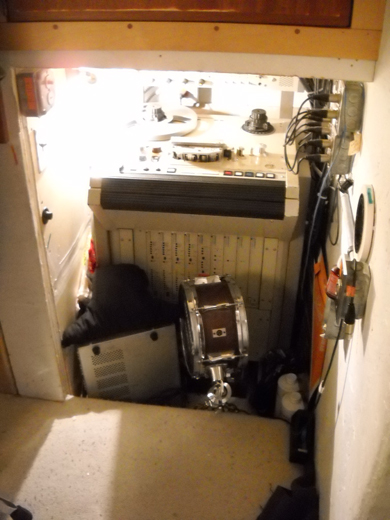
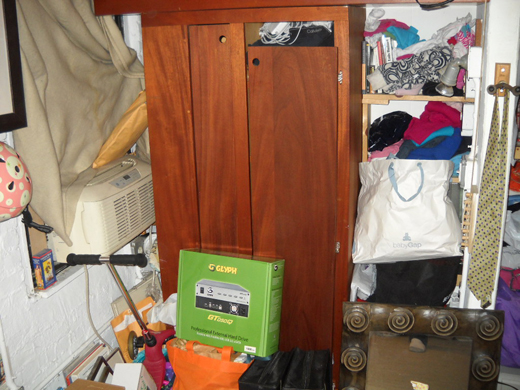
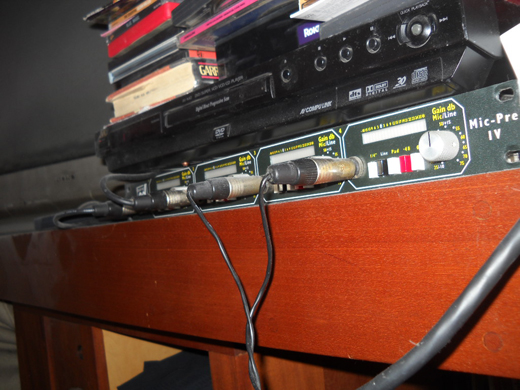
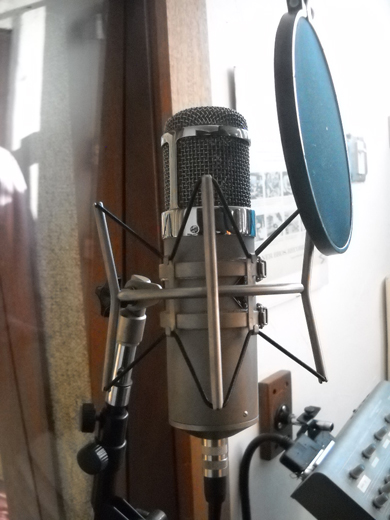
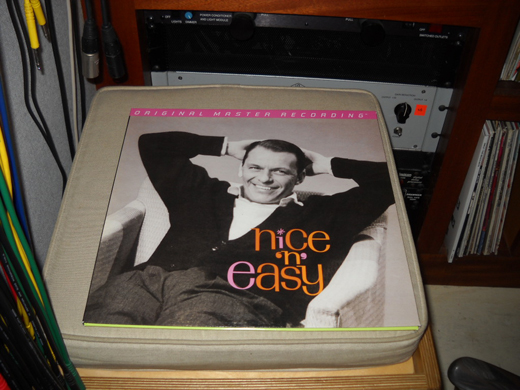
knobtwiddler
May 14, 2012 at 9:03 pm (12 years ago)Wow great studio tons of nice gear, how would you ever recoup the cost of all that gear. I mean studio rates aren’t exactly going up and this is well over million dollars of gear.
Shane O'Connor
May 15, 2012 at 4:26 pm (12 years ago)knobtwiddler. some people aren’t doing it just for money.
Drk
May 15, 2012 at 4:37 pm (12 years ago)He first moved in in 1987, so it’s probably been built up over time. There’s certainly no way anyone could do something like this from scratch today and recoup the cost. You probably could barely even recoup the cost of all the cabling and connectors today.
Jenetic
May 17, 2012 at 6:41 pm (12 years ago)Well unless one is a trust fund baby, as we know many in the field are, people DO need to make a living. It’s a reasonable question. It’s not $1M either though.
Dan Zellman
May 17, 2012 at 9:05 pm (12 years ago)Nice presentation. Congrats Jack. This used to be the music BUSINESS. We found investors, worked our butts off to get that million dollars to build our rooms. For the love of music and the promise of success. At the radio station I worked at in 1966 we got over 500 singles a week to audition, pass judgment on and add to the play list. A two sided single cost $1.00. I think there are as many new songs being presented on the web now but few organized outlets for paid distribution. It’s like having three record stores for the whole country and they all carry the same stock. I hear really great music anywhere I go in the Lower East Side. Most of it will never be heard nation wide because theres no major label involved in new music exploration and they haven’t realized the advantage of the single release in breaking new acts or even the MP3 as the new radio. Power to the Indies.
Danneedsanap
May 17, 2012 at 10:15 pm (12 years ago)That’s an awful lot of words of certainty when you have no idea how this studio was funded. Perhaps you could trot out a story of the glorious days of steam power next. You sound old and bitter and should use what time you have left to bring positivity to the planet. Don’t you think?
David Weiss
May 17, 2012 at 10:39 pm (12 years ago)Hi all, David Weiss of SonicScoop here — we encourage discourse and open discussion in these comment forums. However, moving forward, please be sure to maintain decorum, respect your fellow readers, and refrain from making personal comments about each other. Thank you very much.
David Weiss
May 17, 2012 at 10:44 pm (12 years ago)And in my book, maintaining classic analog and digital gear, as Dan Zellman does so tirelessly and has been for a long time definitely counts as “bringing positivity to the planet!” I’m sure he’s enabled many of my favorite songs and records to come into being with his talents.
Dan Zellman
May 17, 2012 at 11:06 pm (12 years ago)Actually Jack is one of my clients for many years. His path was a little different than the old days as many of todays strugglers understand too well. I am old, 69 in fact, and yes I am angry about the tear down of the industry I devoted my life to. Also about opportunities lost to do better, such as keeping music devotees in the highest corporate positions in our industries and using tools like MP3s instead of fighting them. I invite any actual positive ideas that you might have as well.
Randycrafton
May 21, 2012 at 1:47 pm (12 years ago)Thanks Dave for a very compelling look at the fine line between commercial and project studios. this seems like a very creative place that has been carefully thought out. It is not hard to get great sounds with the right gear, and it is not hard to have things set up for maximum speed and creativity. It is a very challenging to do both. Always happy to see peoples approaches to this very challenging combination, especially when they are successful.